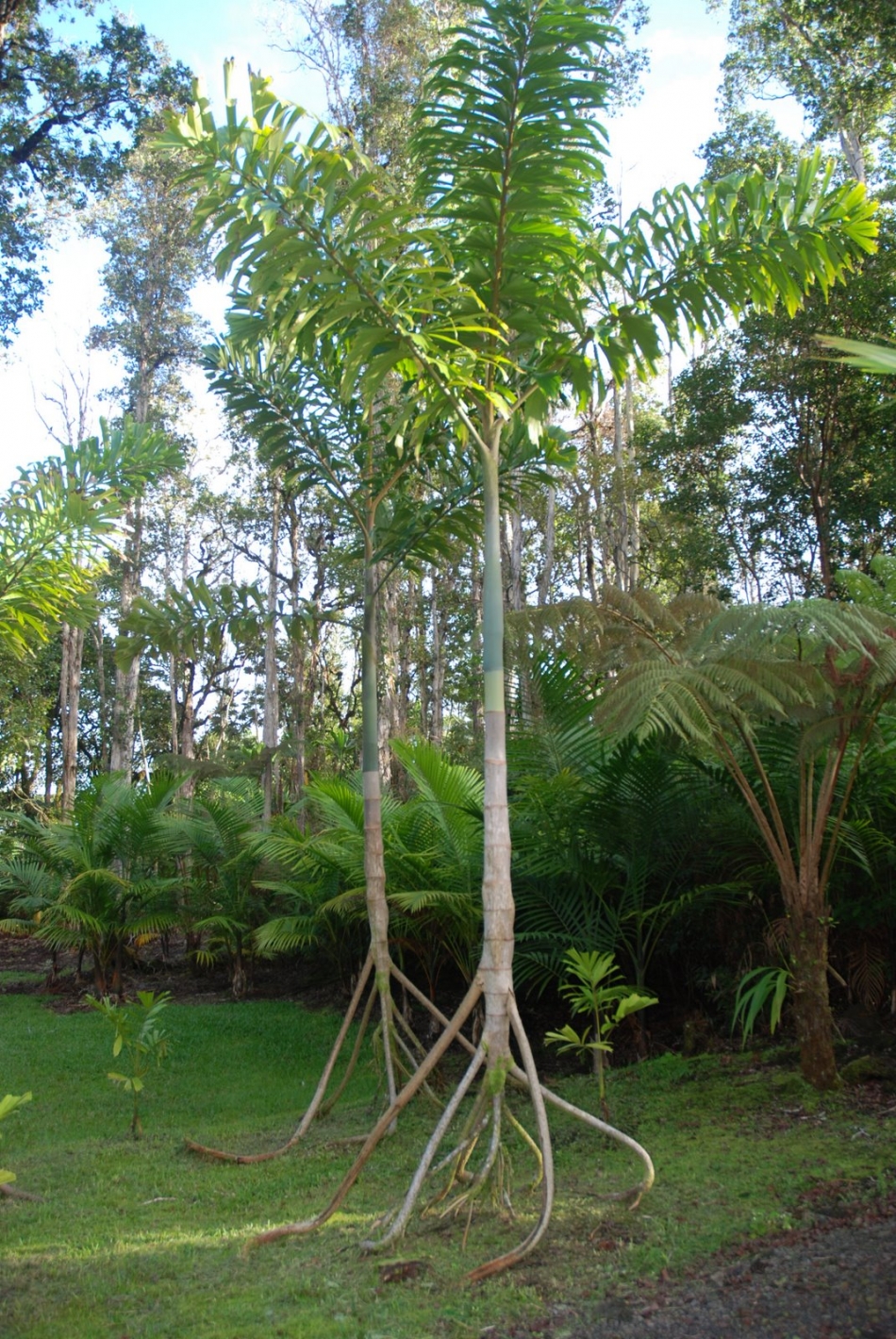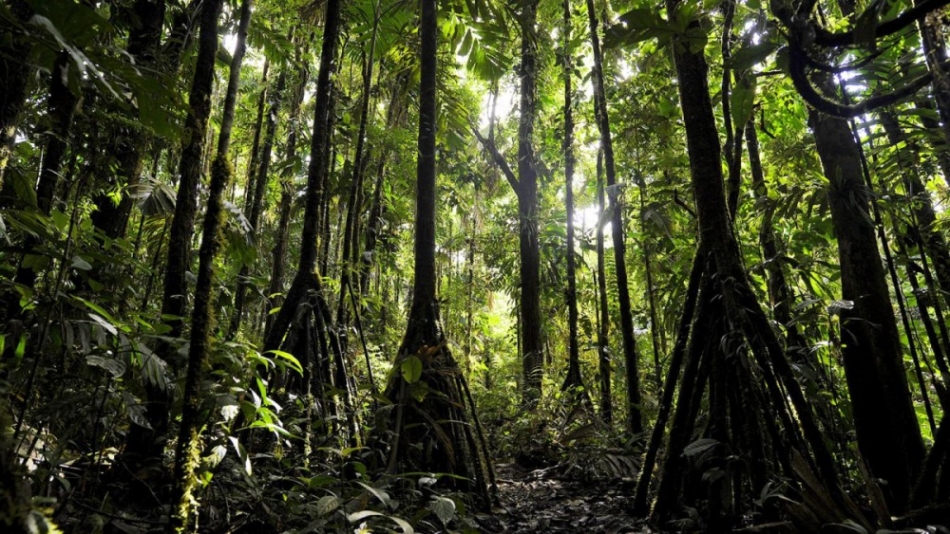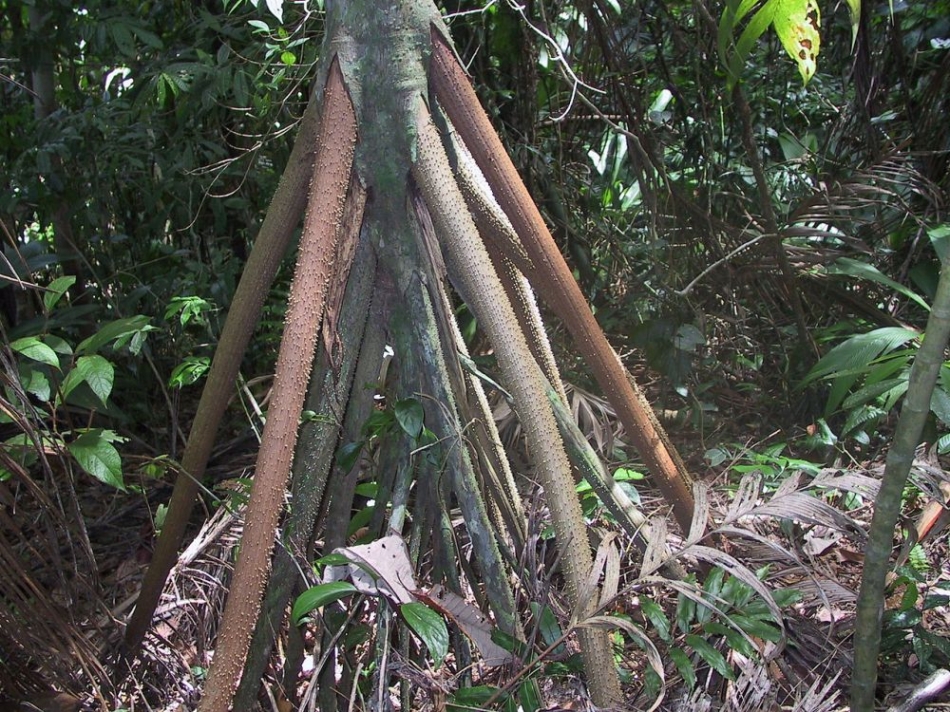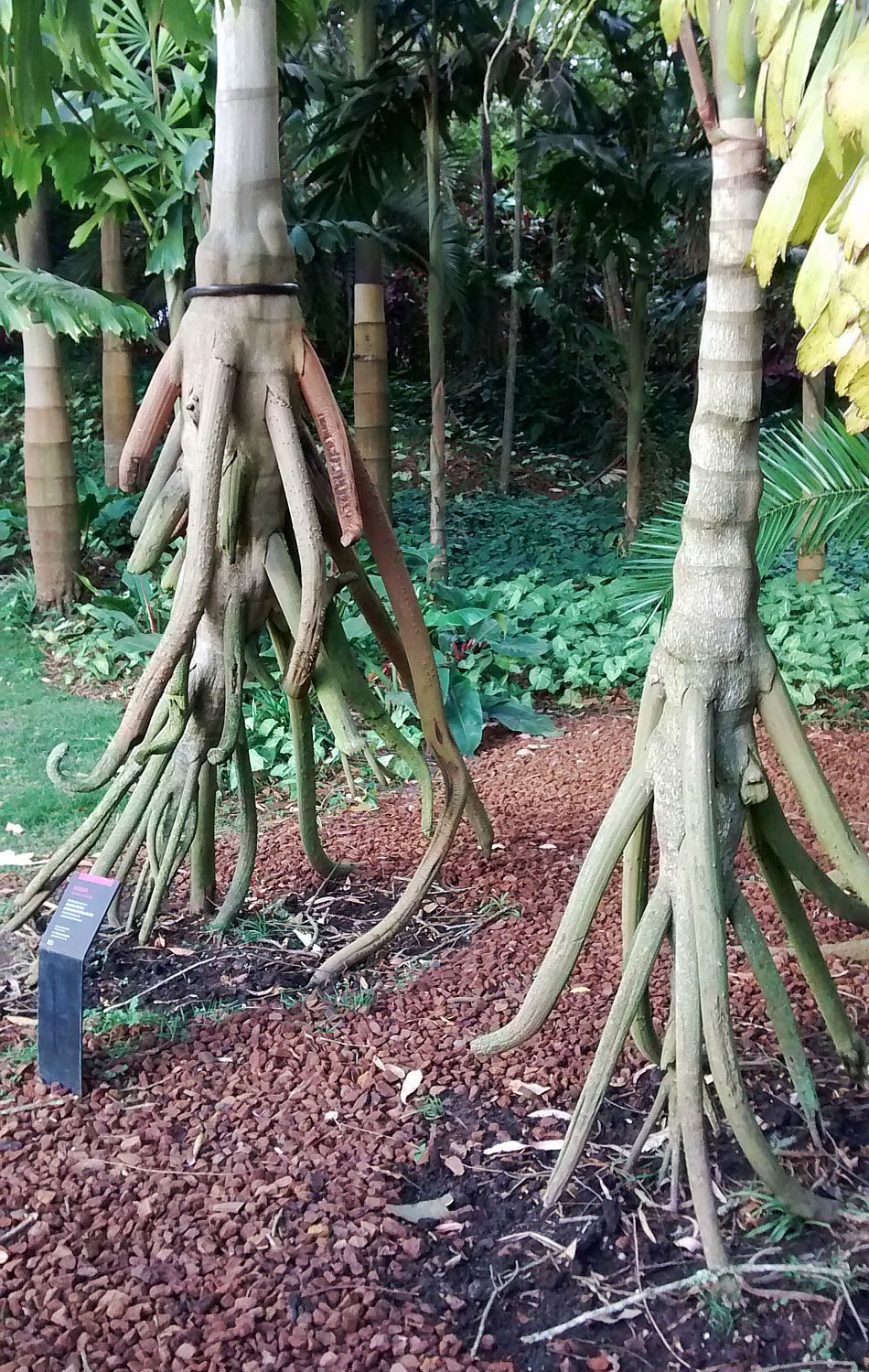Walking trees: they can move 20m per year, surprising scientists

The Walking Trees of Ecuador have captured the imaginations of many with their intriguing ability to seemingly move. Found in a remote part of Ecuador, the Socratea Exorrhiza, commonly known as the walking palm tree, has become a subject of fascination and curiosity. While it may not possess the extraordinary qualities of Ents from “The Lord of the Rings,” these trees have their own unique characteristics that make them stand out.

Rainforest guides in Ecuador have long shared stories about these incredible trees, often likening them to Tolkien’s mythical creations. According to local lore, the walking trees slowly migrate in search of sunlight by developing new roots towards the light while their old roots wither away. Some speculate that the tree’s stilted roots allow it to “walk” away from its point of germination. This belief has added to the illusion of the tree having legs, as the roots split from the trunk a few feet above the ground, resembling a walking broom.

The process of relocation for these trees is gradual and spans over a couple of years. As the soil erodes, the tree grows new long roots that seek out more stable ground, sometimes extending up to 20 meters. Eventually, as the roots settle into the new soil and the tree bends towards the new roots, the old roots slowly lift into the air. This constant search for better sunlight and solid ground contributes to the impression that the trees are moving.

Despite the captivating tales surrounding the walking trees, scientific opinions differ regarding their mobility. Some experts, like palaeobiologist Peter Vrsansky, suggest that the stilted roots play a crucial role in allowing the tree to relocate. On the other hand, biologist Gerardo Avalos argues that the walking palm tree remains firmly planted in one place, with the sprouting of new roots not indicating movement. Avalos dismisses the notion as a myth propagated by tourist guides to add excitement to rainforest visits.

The confusion surrounding the walking trees may stem from their distinct root system. The trees possess a higher root system compared to other species, starting near the base of their trunks. As the soil erodes, some of the roots die off, creating room for new roots to form. This unique characteristic gives the trees their distinctive appearance, resembling an upright walking broom.

While no conclusive evidence exists to support the notion of the trees physically moving, their captivating appearance has likely fueled the myth. A search for time-lapse videos showcasing these trees in motion yields no results, suggesting that the tales of their mobility might be more fiction than fact. However, it is worth noting that there are other plant species, such as the Creeping Devil cactus, that can genuinely crawl across terrains.
In the end, the walking trees of Ecuador remain an enigma. Whether their movement is a product of myth or a unique biological phenomenon, they continue to intrigue and inspire wonder among visitors to the rainforests. The allure of witnessing trees on the move may be a fantastical idea, but the beauty and diversity of the natural world never cease to captivate our imagination.



